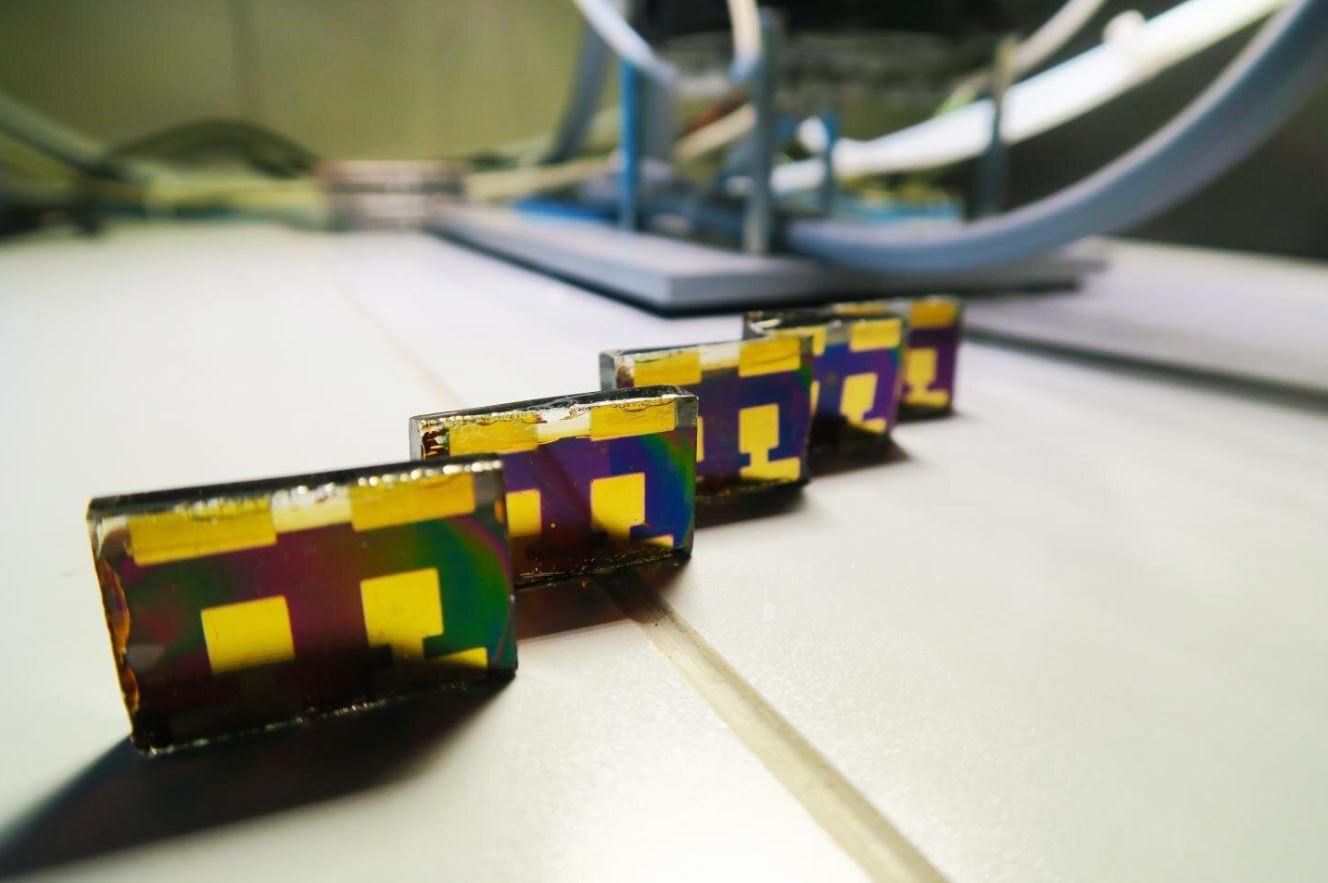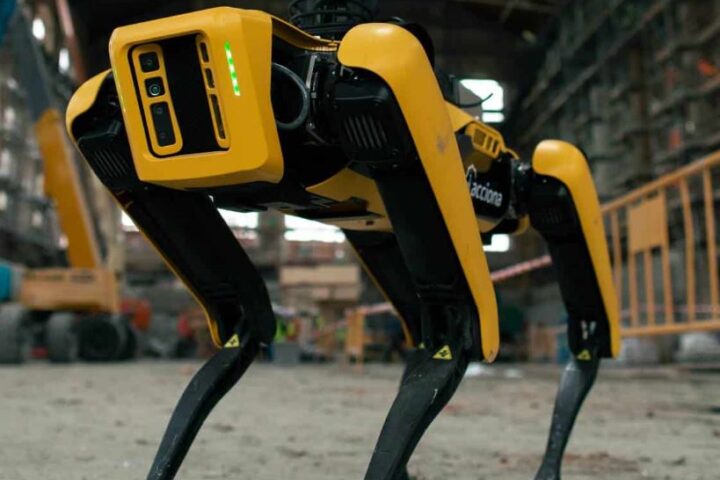 Perovskite solar technology is on the brink of becoming a commercial reality, but there’s still a big question mark over how well it holds up in real-world conditions. While we’ve learned a lot from indoor tests about how these solar cells degrade, most outdoor studies have focused on small cells. This leaves us with a gap in understanding how entire modules perform outside. A recent study published in ACS Energy Letters takes a significant step forward by providing a thorough two-year outdoor assessment of perovskite solar modules.
Perovskite solar technology is on the brink of becoming a commercial reality, but there’s still a big question mark over how well it holds up in real-world conditions. While we’ve learned a lot from indoor tests about how these solar cells degrade, most outdoor studies have focused on small cells. This leaves us with a gap in understanding how entire modules perform outside. A recent study published in ACS Energy Letters takes a significant step forward by providing a thorough two-year outdoor assessment of perovskite solar modules.
The findings are promising. The most durable module kept 78% of its original performance after a year. During the initial ‘burn-in’ phase, modules lost about 7%–8% of their performance each month. The research gives us a detailed look at how performance changes throughout the day, noting a drop in efficiency during daylight hours and a recovery at night. These fluctuations can be as high as 20%.
In terms of diurnal performance, daytime current tends to dip while nighttime sees a recovery, with voltage and Fill Factor moving in the opposite direction. Temperature and light studies showed that higher temperatures speed up both the degradation and recovery processes, while light intensity didn’t have much impact. Seasonal analysis showed a consistent day-to-day decline across all modules, regardless of the weather.
The study also introduced a predictive model using XGBoost regression to estimate power output, achieving a normalized root mean square error (nRMSE) of 6.76%. This means there’s a strong correlation between the predicted and actual outputs. This work is a big leap forward in understanding how perovskite modules degrade in real-world settings.
Looking ahead, there are plans to test these modules in different climates—from the dampness of Brussels to the dry heat of New Mexico, as well as more moderate areas like Madrid and Freiburg. By comparing how they perform in these varied conditions, researchers hope to get a fuller picture of how resilient perovskite modules really are. The prospects for commercialization are looking good.








